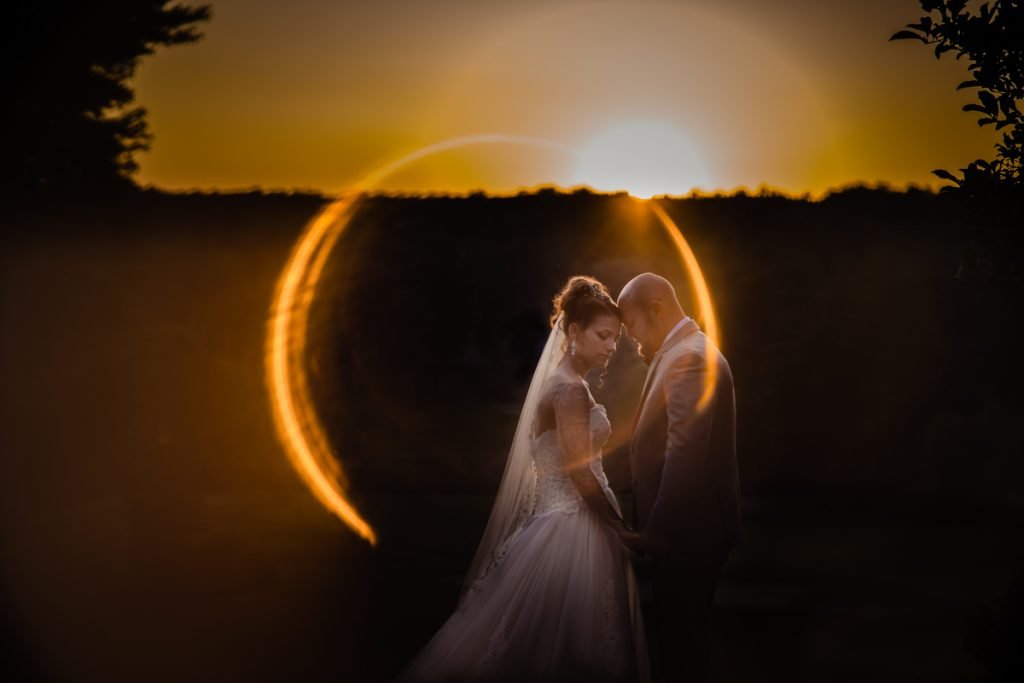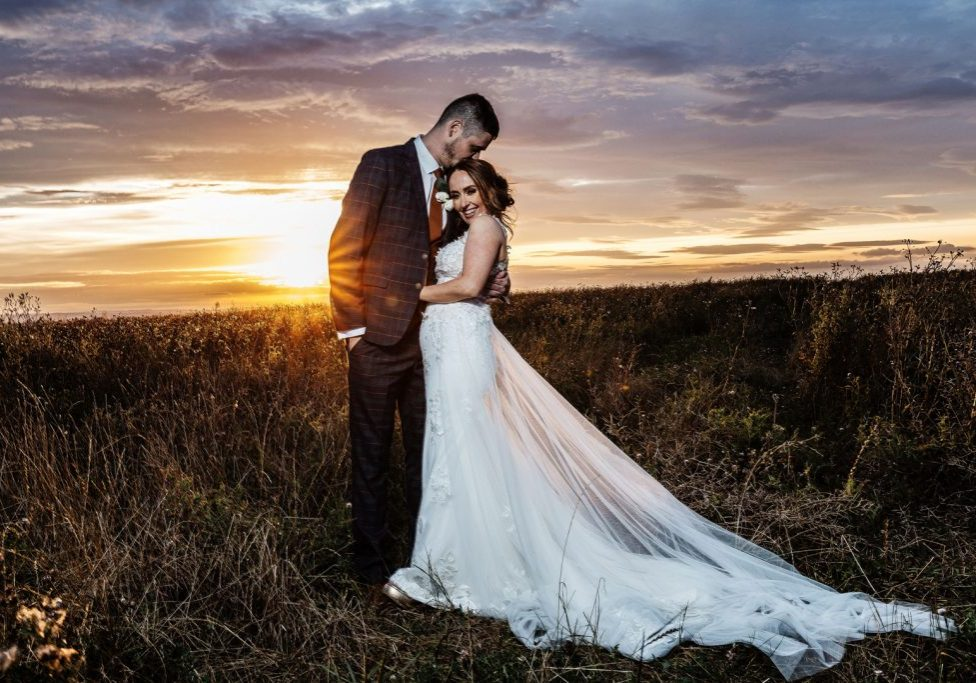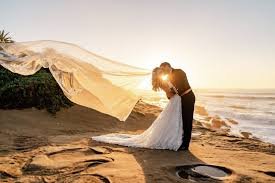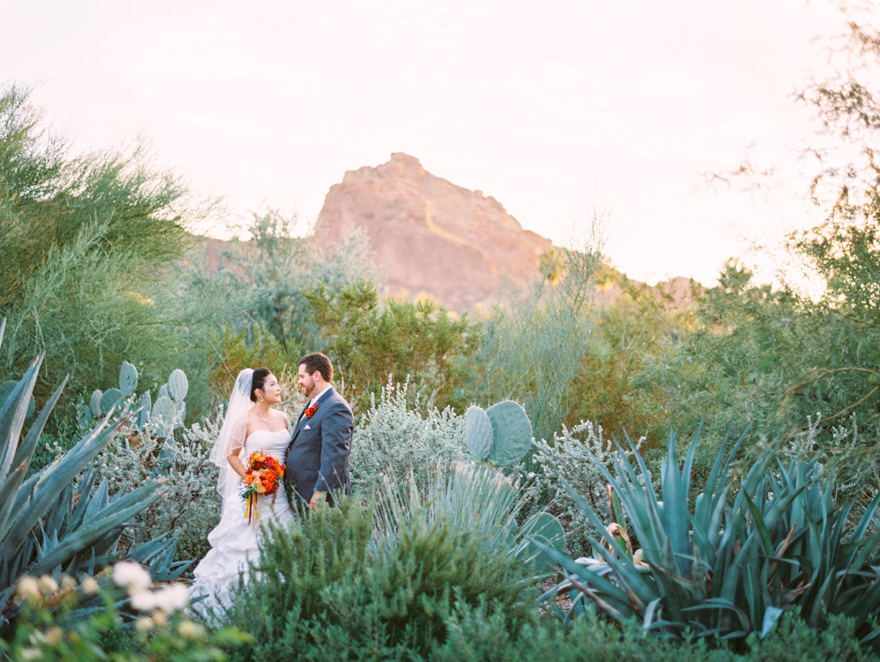How Depth of Field Can Make Your Bridal Photos Truly Breathtaking


Bridal photography is the sensitive creation of creativity, emotion, and technique combined in framing one of the most remembered moments in the life of the couple. A few of the most powerful ways a photographer does this to elevate his photoshoot would include using the depth of field. If the photography technique used is appropriate, it takes what could have been an ordinary image and makes it great. It will develop emphasis, add drama, and emotional depth to your bridal portraits.
In this article, we will show you how to add magic to your wedding photo shoots by using depth of field—from basic understanding to particular techniques, adding layers of beauty and meaning to your shots.
Depth of field refers to that part of a photograph which appears sufficiently sharp. Otherwise stated, it is the zone in front of and aft of the subject that is in focus. The shallow depth of field refers to the case when only part of the picture is in focus, while all the rest out-of-focus looks blurry and might even create bokeh. Conversely, with a deep depth of field, most of the scene is in focus from the foreground to the background.

Three factors will determine depth of field in your photographs:
The size of the lens opening—the f-stop. A larger aperture, such as f/1.4 has a shallow depth of field, whereas a smaller aperture, such as f/16 has a deeper depth of field.
For a given subject distance and aperture, depth of field becomes shallower as the focal length of the lens becomes longer. In other words, 85mm provides a much shallower depth of field than 24mm.
The closer you get to the subject, the shallower the depth of field; similarly, the farther away from the subject you go, the deeper the depth of field.
The magic of depth of field can make a whole lot of difference in the quality of the storytelling your bridal photographs speak. Here’s how you can use it effectively in various situations.

But another now trending way the photographer can handle depth of field at a bride picture is to usher in dreamy effect to the whole structure: this sounds as well as fabulous during portraits only when the Bride alone is the central theme attraction. This is based on the reality that shooting picture at shallow field will result isolating her absolutely from everything surrounding her at her background through appealing blur of object.
For instance, if it’s a solo shot of the bride, you can use a wide aperture like f/2.8 or f/1.4 and have the bride’s face in sharp focus, while the background is blurred. An effect like this draws all the attention to the bride’s expression, her gown, and minute details like makeup, hairdo, or accessories. This can also be applied to photographing a bride with a bouquet in her hands, whereby a shallow DoF can let the bouquet be in sharp focus while everything else in the background fades out into a smooth soft bokeh; that would avoid distractions and really make the bride’s elegance and beauty pop.
Backgrounds can be important in a bridals shoot to establish the setting and sometimes to help tell a story. The depth of field controls how much of the background is in your picture. If the background is too busy or cluttered, a shallow depth of field blurs out distractions and lets the bride stay as the main subject of the shot.
For example, if you are shooting outdoors where you can have a really nice natural background, you’re going to shoot shallow to blur some of those elements, like the foliage or distracting people. Shooting wide allows the really nebulous and abstract wash of color in the background not to compete with the bride. Conversely, if the background has a strong visual element that you want to include, such as a grand archway or intricate church pews, then the opposite can be done and you would choose a deeper depth of field. You would want to stop down the aperture and reduce the size—f/8 so that the background remains in focus, yet sharp with the bride.
Depth of field can make a huge difference in capturing the bride’s emotional moments. For example, if you want to shoot the bride’s hand with a wedding ring on it, just shooting with shallow depth of field will make sure that the ring is sharp and in focus while the rest of the hand and background is softly blurred.
It takes one right to the essentials: the ring, the gesture, the subtleness of emotions captured in the hands of the bride. Using shallow depth of field can also pinpoint the bride’s eyes, the lace of her dress, or one specific poignant moment between the bride and the family or between herself and the groom. If you are photographing the bride with her bridal party or family, a deeper depth of field may be in order to capture the entire group in focus. This can make the moment feel more inclusive and allow the relationships and emotions shared by all who are involved to be clear and poignant.
Not all places for a wedding would be providing picture-perfect back. There will always be a barrier at the back and/or the foreground which are eyesores sometimes, especially due to crowds or whatever catches one’s distracting object, or perhaps merely surroundings not being nice enough. In this scenario, the Depth of Field will become your best friend.
You can also take distracting elements out of focus by using shallow depth of field. For instance, if you shoot indoors and the interior of the venue is not precisely how you want it, then you can shoot with a larger aperture to have the background blurred so only the bride’s attire and features stay in sharp focus. In such a way, you minimize the amount of background showing and have the bride come out pure, with an image unobtrusive by whatever environment she will be in.
This technique works wonders for details, too. In case some areas of the dress are cluttered, or there are some flaws in the venue, you can shift the focus to the main elements—a bride’s eyes, dress, or hands—and let the rest of the frame softly blur.
Depth of field can also be utilized in creating a three-dimensional effect of the photographs. The bridal portraits will, in this case, reveal a sense of space with dimensional and perspective layering of depth. Now practice shallow DOF with multiple layers within the shot—you want sharp focus on your bride in the foreground of the image, and the flowers that will adorn her softly blurred far further back along with some other pieces of the bridal equipment, a veil, or bouquet. By this, you allow your picture to give the effect of volume and create a feeling of going from the forefront of the shot back by allowing the viewer’s eyes to pass right through from front to the very back.
You get that with objects in the foreground—leaf, curtains, or any flowing fabric—along with shallow depth of field. The result will be that they blur to provide a nice, layered, rich look inviting you inside the picture. This may be more powerful in location or garden shoots where nature can serve both as foreground and background.
While the bride is the center of attention when it comes to a whole bridal photo shoot, there are always any number of moments when it may be important to shoot the reaction of the groom upon certain key moments, such as seeing the bride for the first time. Depth of field will also play an important role in the intimacy of such tender moments and will surely add emotion and storytelling powers to your shots.
In these cases, shallow depth of field sharply focuses the groom’s face and softly blurs the bride in the back. It amplifies the feeling and excitement in the expression on the groom while placing the bride subtly in context to that moment without her being the dominating subject. Or you can have a much deeper depth of field in order to frame the bride and groom in one shot, both in focus. This works perfectly during any interaction-heavy situations, such as a first look or an exchange of vows, when both individuals have equal importance to telling your story.
Aperture would, therefore, adjust to that accordingly, and both faces are in focus to frame the emotional connection there.
It helps in creating a strong and dramatic effect when one wants by manipulating the depth of field. For instance, it is also worth noting that shooting through a veil or any other kind of sheer fabric does add mystery and romance to an image. You focus on the bride’s face and let the veil blur gently to a soft, dreamy atmosphere that invites the viewer right into the scene. Adding significantly to the effect will be the shallow depth of field in low-light shooting. Limited focus, tussles of light and shade, can give very moody, evocative images, such as when the bride may be backlit or when soft, natural lighting is available.
Depth of field is perhaps one of the most powerful tools a photographer might use to take your bridal shoot from great to fantastic. Whether you want your subject to involve a shallow perspective of the background to really center the beauty amongst the bride, use the technique to set up a massive story, simply focusing on showing emotional elements, where the DOF lets you modulate the thinking of the viewer and then dictates their subjective response toward finding the picture with emotion. By understanding how the aperture, focal length, and subject distance influence the depth of field, you take control over how the photo will look, both in and out of focus, thereby releasing creative freedom to this art of creating a visual highlight of your bridal photography.
It does make sense, though, that finding the right setup, angle, and composition—a different one for each unique bridal moment—is perhaps the only trick behind mastering the technique. Finally, depth of field is less about technical precision in using it and more about leveraging the capability to tell a visually striking, beautiful story of the bride with memorable images.

